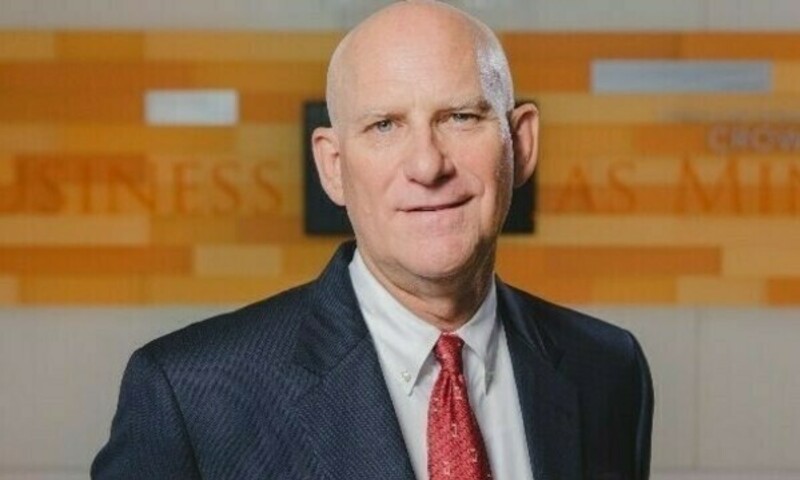I was driving to my office the other morning and as I headed up our street I was struck by the amount of construction happening in our neighborhood. A few miles later, I was stopped by a crew doing road construction, and just beyond that, more construction. Why do these people have to be out here working on the road right now?, I thought.
And then my own words struck me. They’re out here working.
And that caused me to look around more than I usually do on my morning drive — to look around thoughtfully — and I realized how many people were out and how many parking lots were full. And I tried to remember how, 12 months ago, the streets and lots were desolate, empty, regardless of time of day.
Things are reopening.
As I write this, almost everything in California has been reopened, at least at restricted levels, and more of those restrictions will go away on June 15. We are meeting again in person at our church. School reopenings have been removed from state mandates and left to local school districts to decide. And most pertinent to us, Biola University will be open fully on-campus for fall 2021.
There are deep economic scars left behind, of course. California lost about 1.5 million jobs. The unemployment rate in California is currently 8.3%, among the highest in the U.S. Between March and September 2020, nearly 20,000 California businesses closed permanently and another 20,000 closed temporarily.
But I am optimistic.
A new study estimates the national gross domestic product will grow by 6.3% this year, 4.6% in 2022 and 2.7% in 2023. This would dwarf the average 2.3% growth the country experienced in the decade following 2008’s Great Recession and will more than make up for the 3.5% loss in 2020.
“For the economy, a waning pandemic combined with fiscal relief means a strong year of growth in 2021 — one of the strongest years of growth in the last 60 years — followed by sustained higher growth rates in 2022 and 2023,” said UCLA economist Leo Feler.
The news is expected to be even better in California.
“Although the timing may be offset with California beginning a significant recovery later than some other states,” said the study, “we expect the California recovery to ultimately be, once again, faster than the U.S.”
The report forecasts California’s unemployment rate to drop to 7.7% in the first quarter of 2021 and to 6.8% for the rest of the year, then to 5.1% in 2022 and 4.1% in 2023.
Now, there is an argument to be made that we should not reopen things until we have the virus completely under control, until we achieve herd immunity and the risk is essentially zero.
But there is no zero-risk life. That is not how life in a fallen world works.
I recently came across a thought-exercise that a Yale law professor would give his class: There is this new invention; it will dramatically improve human quality of life, allow people to more easily see family and friends, visit places they have never seen, take on jobs they could never before attempt, improve access to health care, and generally provide a never-before-known sense of freedom. The drawback is, it will cause the deaths of 40,000 people per year.
Should we adopt this invention? the professor asked. Year after year, his class almost unanimously said no.
But the invention is real and it’s already here. It’s the automobile.
There is no zero-risk life in this world, and we all know it. We as Christ-followers should know it better than anyone.
So, regardless of risk, I am optimistic. It is hard not to be as I watched our 2020 and 2021 graduates return to campus for their in-person commencement ceremony on May 8! Given what they have gone through at this point in their lives, they are worthy of special honor. I believe that as they look back in the years to come, they will understand in a unique way the truths of this time: Life is hard, but God is faithful, God is good, God is optimistic … because God knows the end of the story.
Please keep us in your prayers, as you are in ours.
Dr. Gary Lindblad
Dean, Crowell School of Business, Biola University
 Biola University
Biola University


.jpg)
.jpg)
